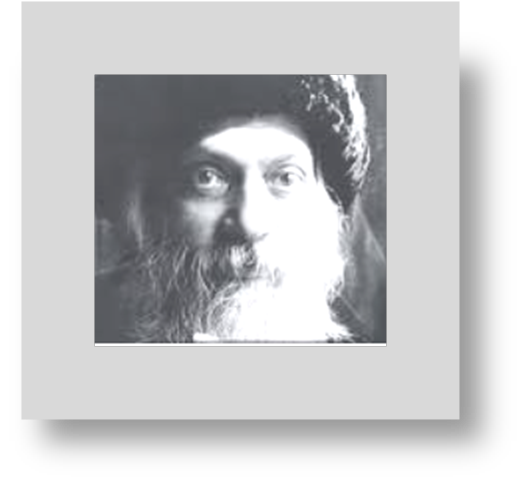Involve children to draw simple floor painting of Ganesha for cultural linkage of learning
- Lalit Kishore
- Aug 21, 2020
- 2 min read
Earlier, on most cultural and religious festivals, simple floor paintings with chalk paste were drawn to welcome the deity related to the festival. In Rajasthan mandanas were drawn by the women folks along with the children to begin the festival. Drawing such mandanas provided the children the fine motor training which was an essential part of their developmental milestone and led to readiness for handwriting skills.
Here, in the inset picture, a simple Ganesh Utasava mandana has been drawn. The lines have curled and with a few swirls which are related to the trunk of Lord Ganesha.
Mamdanas or floor paintings are the auspicious symbols to be drawn at the threshold of the house to begin the festival. Swastika is the Ganesha related auspicious symbol.
Proceed as follows to draw a simple Ganesha Utsava mandana.
1. Draw a stretched square on the surface. Stretched square has lines with curvatures which signify the round belly of Lord Ganesha
2. Draw an line going out from each corner diagonally indication four-directional development.
3. End the lines with two scalloped lines to indicate the dignity of the Lord
4. Draw pointed lines of V-shape from the mid-pints of each side of the stretched square
5. Over the pointed lines draw swirls or spirals to indicate roundish trunk of the Lord
6. In the end, draw Swastika sign at the centre of the square for auspiciousness of beginning an activity which is attributed to the grace of the Lord.

Unfortunately, festivals have become highly ritualised events of pomp and show. The simple aesthetic and auspicious aspects which had psycho-social and cultural aspects are fading away. These need to be revived because of their multiple benefits in the development of children and the young.




Comments